When he was 22 and flush from success as a member of the boy band New Kids on the Block, Jonathan Knight bought a Georgian house, built on the Massachusetts coast around 1900, with a slate roof, Palladian windows, terraces and 1,100m – about 12,000sq ft – to pad around in.
It was 1990, two years after the New Kids released their second studio album, Hangin' Tough, which topped the Billboard charts, spawned several hit singles and went on to sell more than 14 million copies worldwide. Suddenly, the five members – Jonathan, his younger brother Jordan Knight, Joey McIntyre, Donnie Wahlberg and Danny Wood – went from scruffy kids from Boston to fantasy boyfriends for suburban teen girls everywhere.
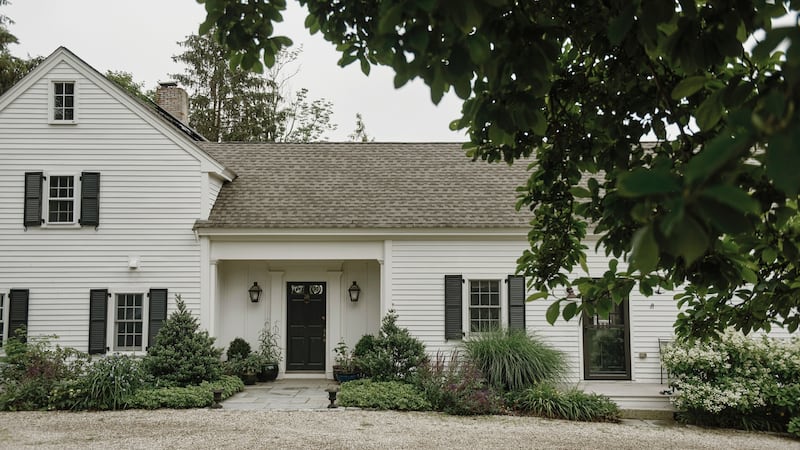
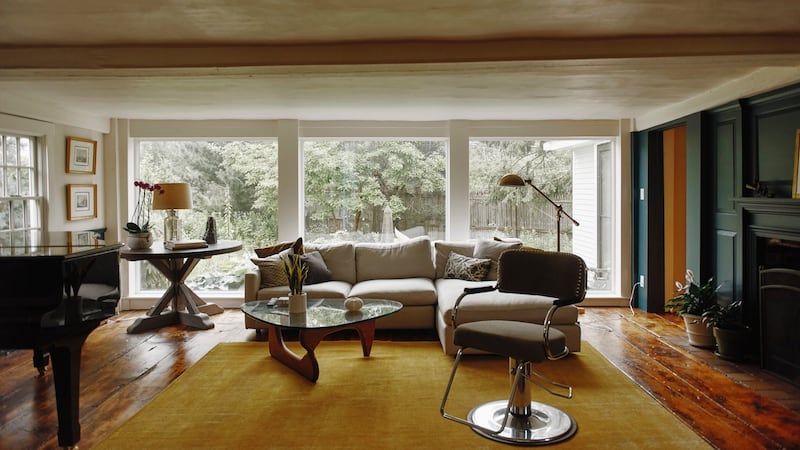
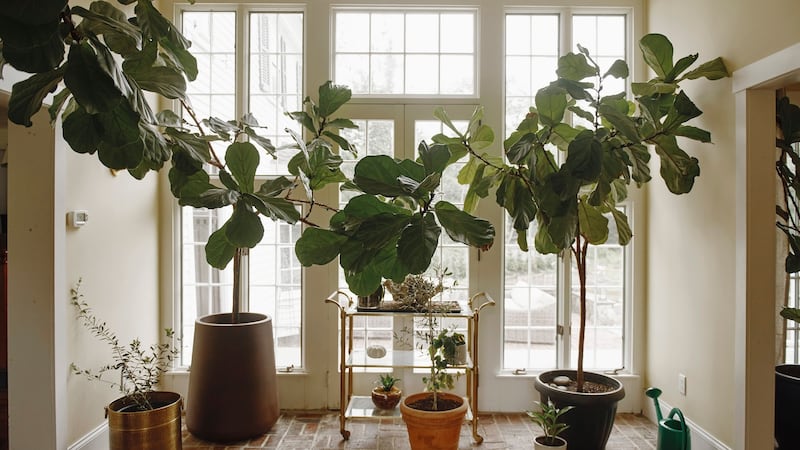
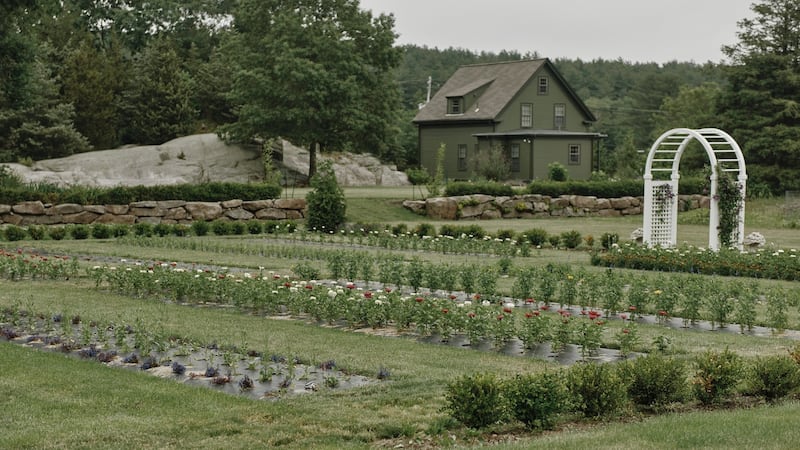
Knight invited his large family to move out of the city and come up to live with him in the new place. “And then we went on tour, so it was up to my brothers and sisters and mother to do the shopping,” Knight says, meaning for furniture. His mother’s taste ran to frilly curtains, floral sofas, busy patterned rugs, all appropriate to the house but not to a young pop star.
“I came home and was, like, ‘What is going on?’” Knight says. “Looking back, I’m like, what a dummy for buying a house like that at such a young age. It was ridiculous. Waste of money. Just stupid. Best day was when I sold that house.”
Knight, who is now 52 and back before an audience again, this time with Farmhouse Fixer, a home-renovation show on the US channel HGTV, is nevertheless living a version of his life at 22. In some ways it is humbler. In others it is grander. Because now, instead of his family all piled into that house, each person gets their own on the 4ha, or 10ac, rural Shangri-La he created just down the road.
There are gardens, a fenced-in horse pasture, antique barns, wildflowers climbing up stone walls, and several historic houses, all of which Knight owns. His mother, Marlene, lives in the circa-1890 dwelling as you enter the property; his nephew stays in the farmhouse with Italianate details across the field. Knight and his partner, Harley Rodriguez, are building a new Colonial-style home on a gentle rise in the centre of it all, while living temporarily in a pretty circa-1760 farmhouse with a white-painted clapboard exterior, a pond for their six ducks and a little barn for their three goats.
The couple bought the farmhouse, in the coastal-Massachusetts town of Essex, when it came up for sale last year, selling the circa-1800s house in nearby Ipswich, where they’d lived for just one year. “I was, like, ‘I have to buy it, I have to,’” says Knight, stretched out on a sofa in the farmhouse’s high-ceilinged living room on a recent morning. “I didn’t want somebody moving across the street. It just adds to the whole family compound.”
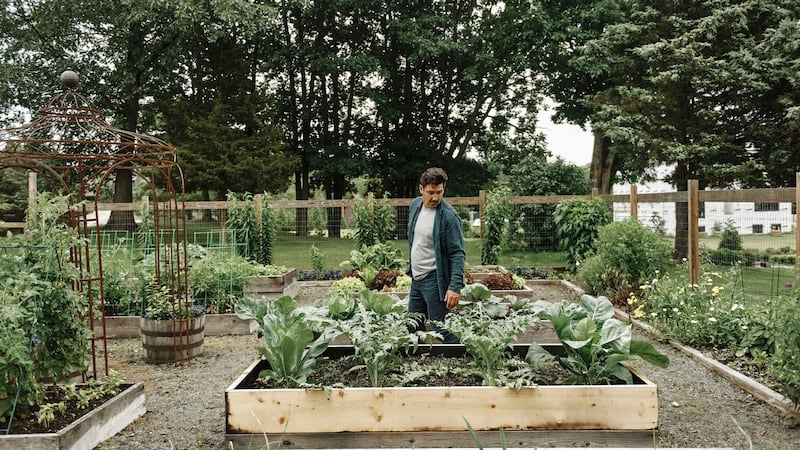
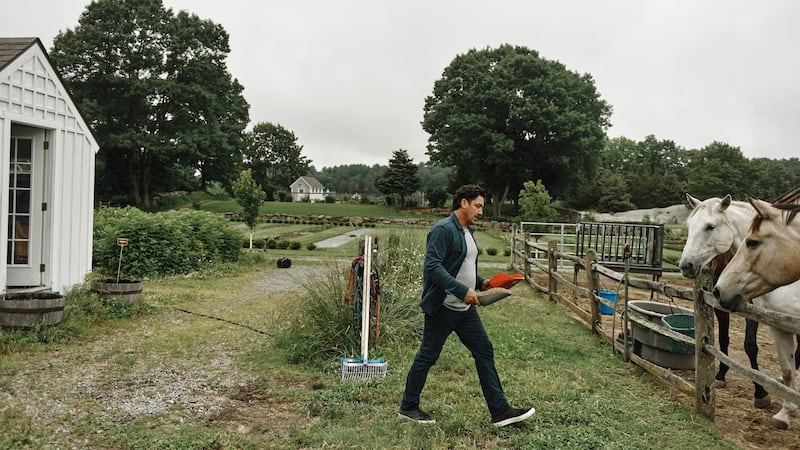
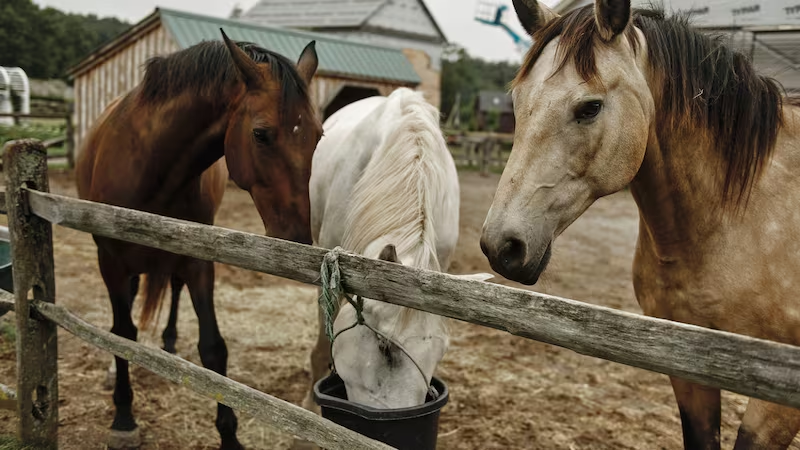
Plus, it’s 260 years old, and as viewers of Farmhouse Fixer have discovered, Knight has a passion for historic houses. He grew up in a Victorian in the Dorchester district of Boston, which his hippie parents bought for something like $25,000 in the 1970s. He refers to it affectionately as “a big, old, cold, draughty holes-in-the-wall house”.
For him, refurbishing houses that have seen better years isn’t a pop star’s hobby. It’s how he made his living, especially in the lean years after the New Kids fell from the pop-culture firmament in the grungy 1990s.
On the six-episode series, which debuted in March and was just renewed for a second season, Knight and his interior-designer partner, Kristina Crestin, roam New England, a land of old farmhouses in slow decline. They add open-plan kitchens and central air conditioning while keeping the old charm in the house so their current owners won't call the bulldozers. When they achieve the right balance of historic preservation and modern amenities, Crestin says, Knight has been known to cry off camera.
“When he walks in I’m like, ‘Wait, wait, watch.’ I want him to lose it with happiness,” Crestin says. “To me, he’s reacting to what was done well then. He’s looking at the original stonework. He seems to be reflecting back to the people who did it and the pride they took in their work.”
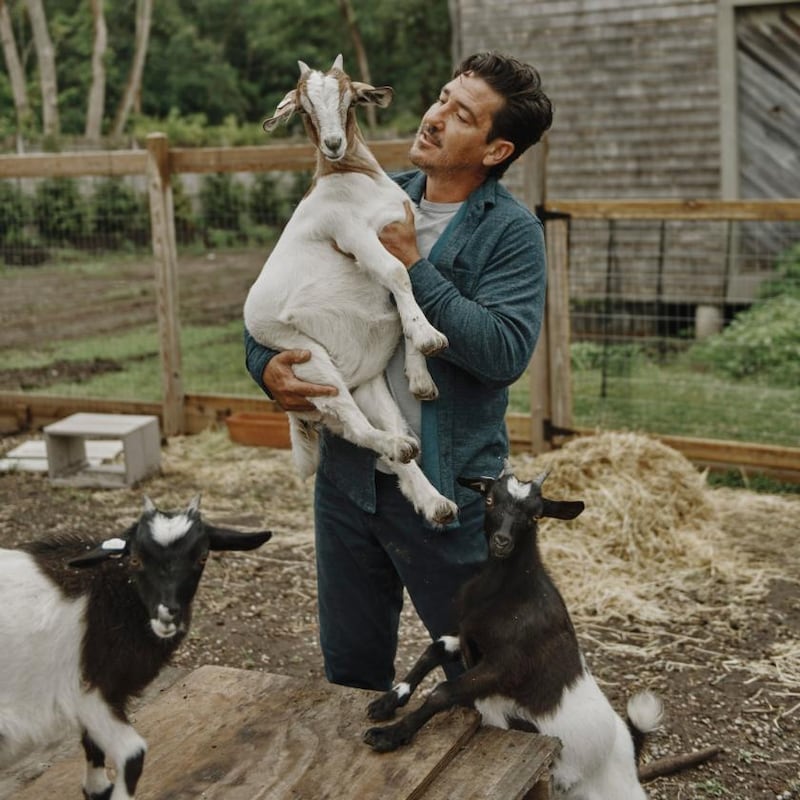
Dressed in flannels and jeans and driving a pick-up truck, the still-boyishly handsome Knight has an image that isn’t made for TV. He actually does come home from a tour or recording session and hop on his tractor. He’s the sort who stops to admire an original newel post or a carpenter’s mitre work from 200 years ago. His heart hurts a little when confronted with vinyl siding and plastic decking.
Knight sighs thinking about those and other modern horrors. “I hate when people put trendy things in a house and it goes out of style so fast,” he says. “Like everybody’s using this pattern tile now. You’re going to look back and go, ‘That’s so 2020.’”
Walking out to the property’s 18th-century post-and-beam barn, Knight explains that he hired a company to disassemble it, refurbish the wood beams one by one and rebuild it with a new roof and siding in a different spot, at probably 10 times the cost of building a new barn.
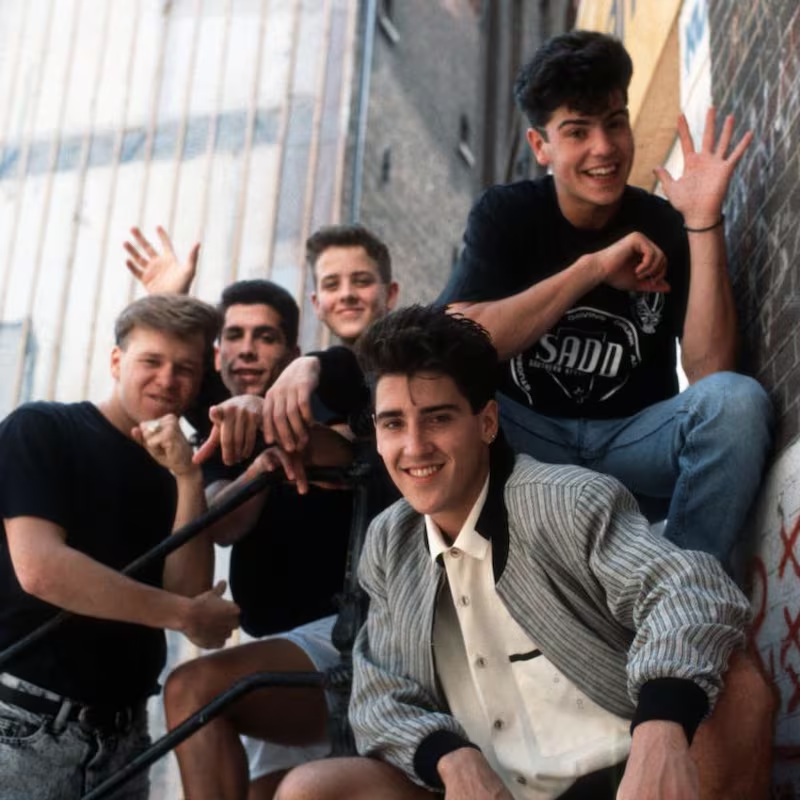
“Everybody said, ‘Why?’” says Knight, looking up at the old ceiling beams. “It just has meaning. You know, it’s just my love of old things. It was standing since the 1700s. I wouldn’t tear it down. Now this thing will be around for another two or three hundred years.”
Knight was 16 when he joined the New Kids and 26 when their brand of sweet pop went out of fashion, they stopped selling out concerts and the carnival ride ground to a halt. With the rest of his life ahead of him, he had no idea what to do. While other young adults were in college or working their first jobs developing life skills, he’d lived inside the pop-star bubble. He didn’t know how to order for himself at a restaurant.
“It was probably the scariest time in my life,” he says. “I just remember being home for a few days, opening the door to my bedroom in the morning and looking around and nobody’s there. The New Kids weren’t there. There were no tour buses. Everything was just done.”
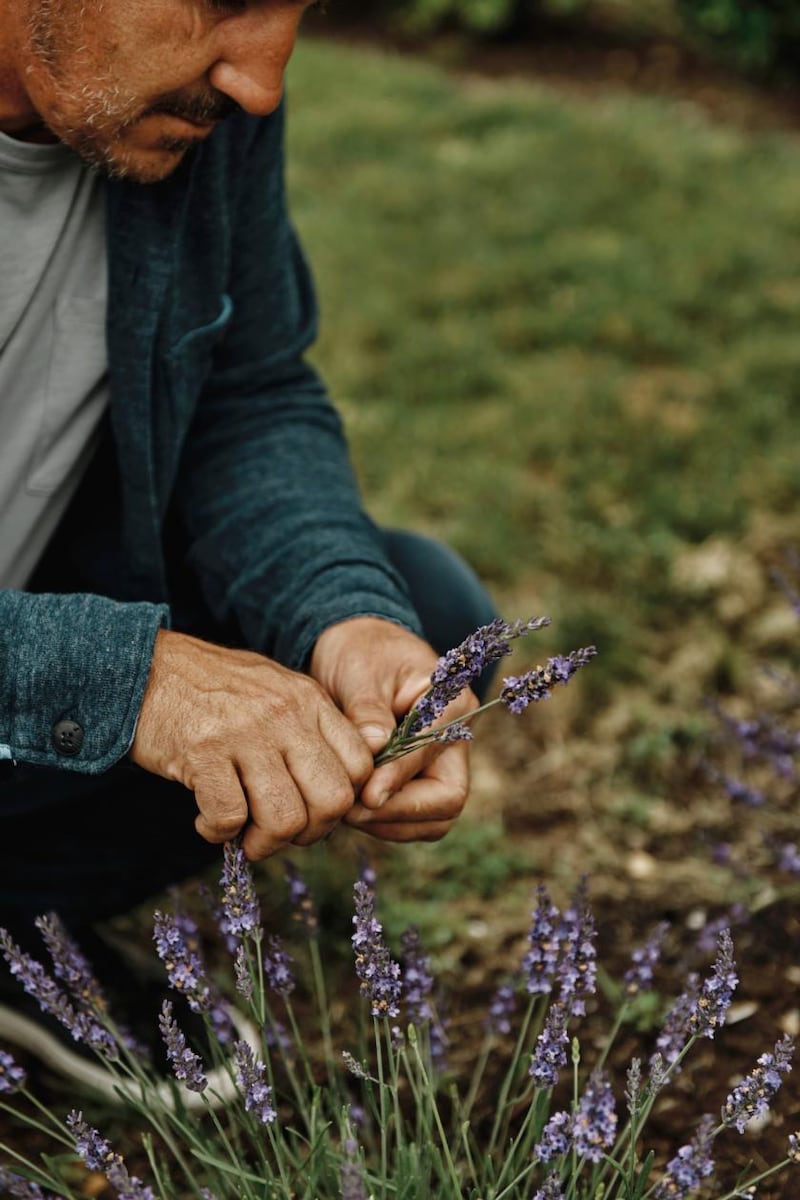
Knight spent a year staying up all night, sleeping until 4pm and sinking into a deep depression. Then one day he got a call from a Boston cop who’d worked security detail for the group. He was flipping houses on the side and invited Knight to partner with him. “When he said ‘flip houses’ I thought, Is this some mafia thing? We’re going to go in there and rob these people?” Knight says. “It was a term I’d never heard.”
But Knight’s father was a carpenter, and he had grown up going to job sites with him on weekends. “And my mother is an old-house nerd,” he says. “Me and my mother would drive around neighbourhoods and look at old houses. To this day I love driving slow down roads, like, ‘Look at that place.’”
Soon Knight found himself pulling junk out of a trashy yard in Boston and painting a banister at 3am, ahead of the next day’s open house. Through the 1990s and into the 2000s, he estimates, he bought, renovated and flipped 100 or more houses, at first doing the construction work with his policeman partner and, as the business grew, with hired subcontractors.
When the pair started doing new construction – “cookie-cutter boxes”, Knight calls them – it was less appealing to him. And then the 2008 housing crash hit. “We’d just finished a nine-unit condo complex in Boston,” Knight recalls. “It was a lot of money lost in 2008. That’s actually when New Kids started up again. The timing was just perfect.”
The band reunited in 2008 on Today, the US TV show, released a new album and went on a 150-date world tour. In the way of boy bands, Knight was the “shy one” in the group, and his personal life largely remained a mystery to fans. He wasn’t closeted, but he also never declared on the cover of People magazine, “I’m gay!” Rather, he was accidentally outed in the National Enquirer, the news amplified by his fellow 1980s pop star Tiffany when she appeared on a talkshow in 2011 and told the host that they’d dated and that “he became gay later. I didn’t do it! But he’s fabulous.” She publicly apologised to Knight. He thought the whole episode was funny.
Until the HGTV series, few knew about his history with a hammer, either. “I was doing New Kids, I’d come home, renovate houses,” he says. “On tour, so many fans would ask, What do you do? Even the New Kids, they never really knew what I did.”
In recent years Knight’s life has fallen into a happy rhythm of touring for three months every other year with the re-formed New Kids, taking on three or four renovations a year for clients, and spending the rest of the time as caretaker of his mini Old Sturbridge Village.
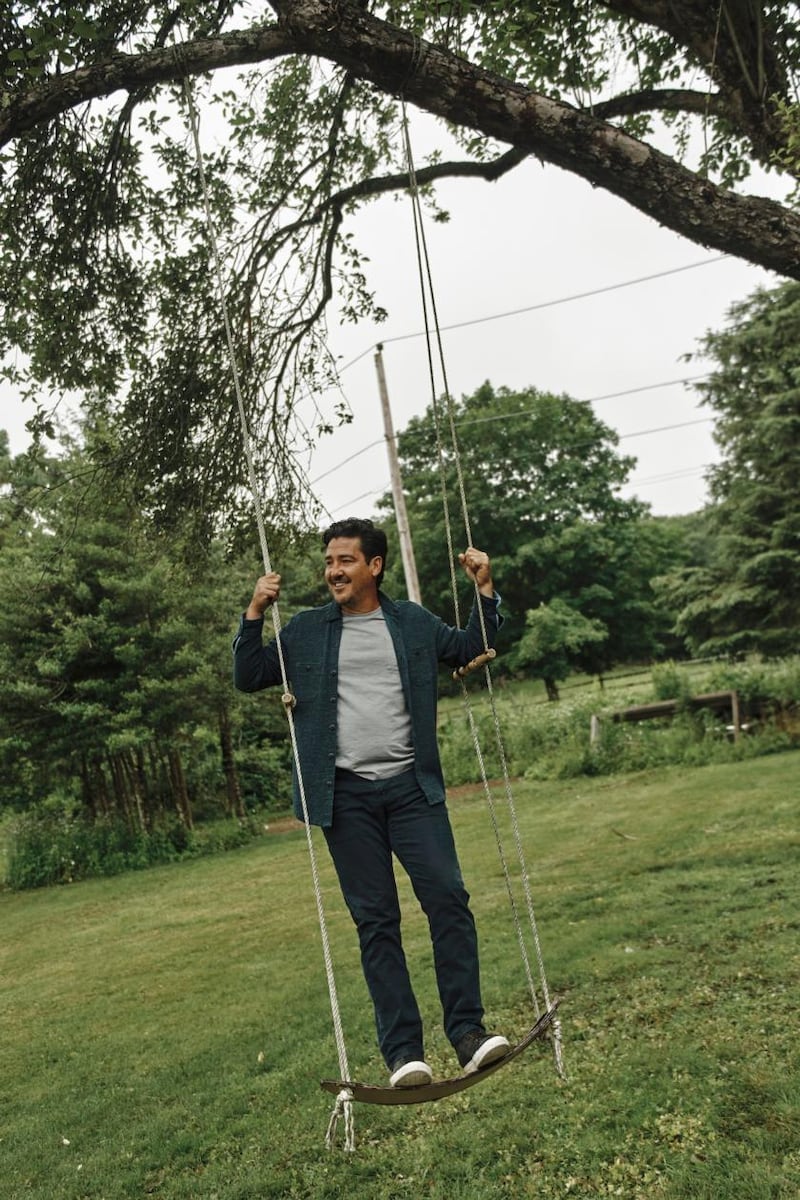
Knight is forever embarking on improvement projects that demand his scattered attention – “I was never diagnosed with ADHD,” he says, “but everybody’s, like, ‘You’ve got ADHD’” – and that remain in various states of completion. Currently, he’s having the barn prepared to stable his mother’s three horses. He’s learning to care for the goats he was given by a rent-a-goat company he featured on the show. He’s tending vegetable and flower gardens.
And then there’s the 1760 farmhouse, renovated by its previous owners in 2004 – which “already feels dated”, he says with a sigh, adding, “It needs paint and furniture and a new kitchen and new bathrooms. It’s a lot.” He’s not sure who will live in the house when he’s done. He and Rodriguez will be moving across the street, as soon as their new-old home is finished.
Surveying his expanse while puffing on a cigarette under the hot sun, Knight says, quite earnestly, “It’s such a stress-free life, the country life.” – New York Times



















